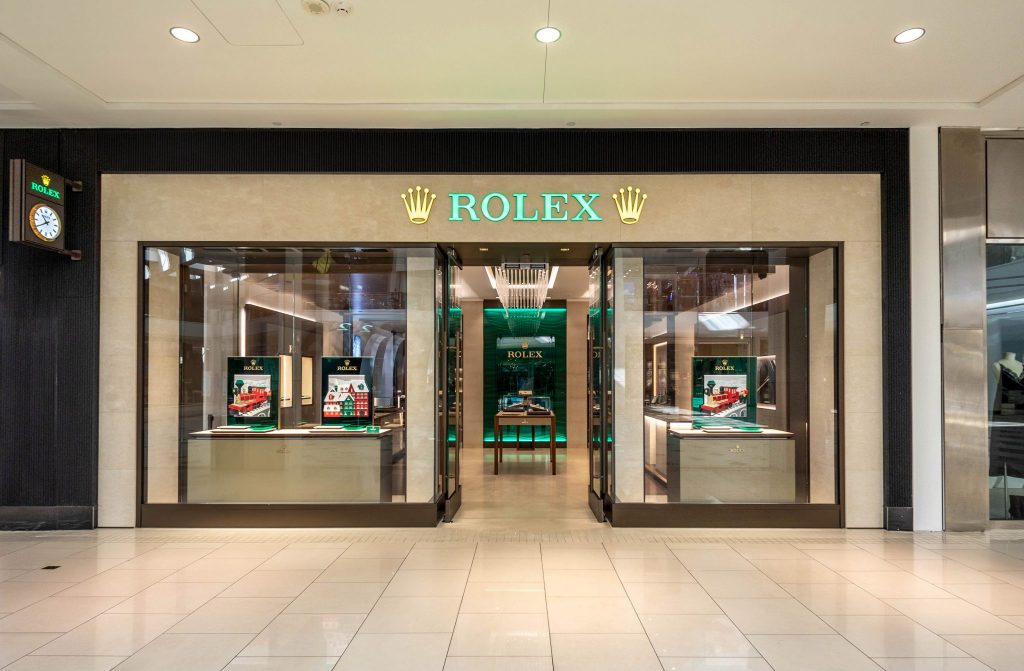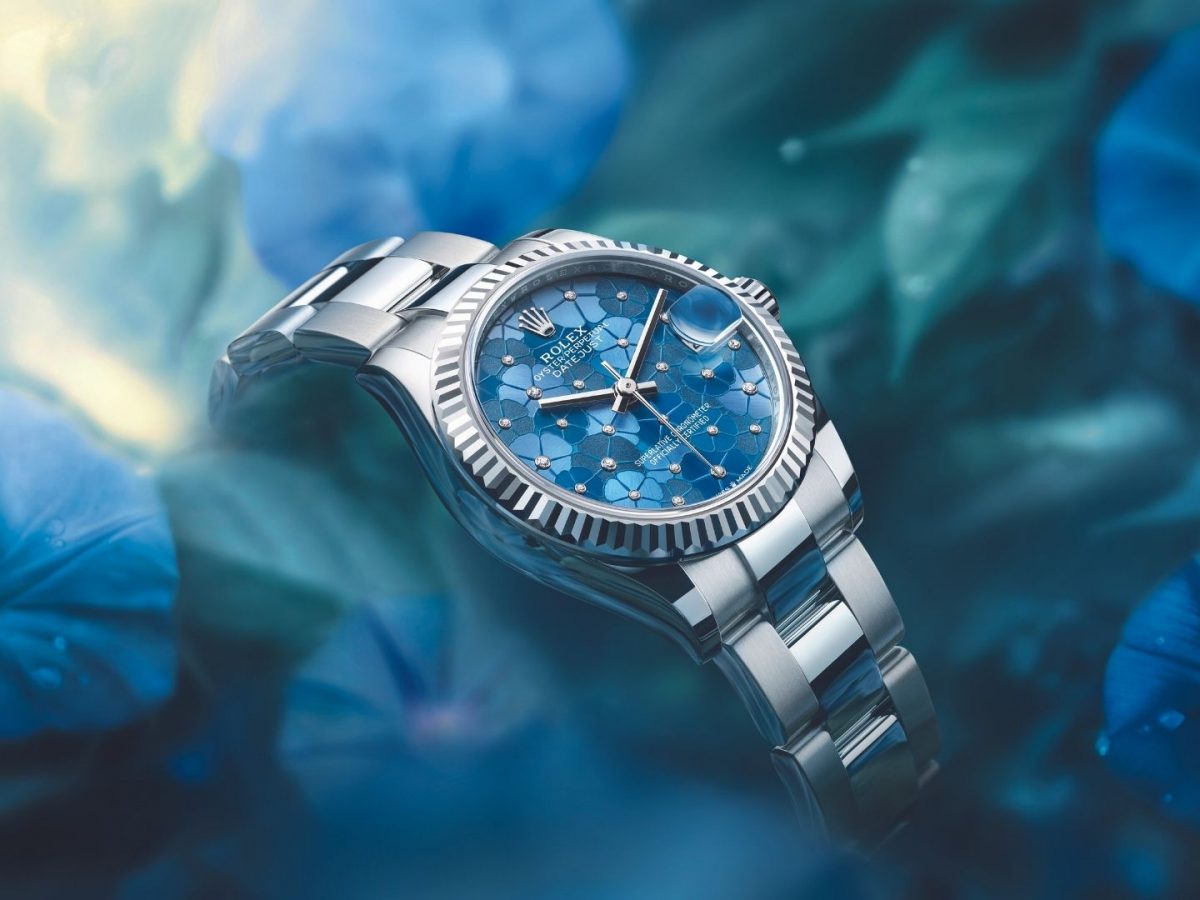Blog
Why Rolex Never Goes on Sale – Pride or Brilliant Marketing Strategy?
Why Rolex Never Goes on Sale – Pride or Brilliant Marketing Strategy?
In a world where promotional offers, limited-time discounts, and seasonal sales dominate nearly every industry, Rolex stands as a stark exception. No flashy clearance events. No year-end markdowns. No “buy now, save later.” The price you see is the price you pay — every time.
But why does Rolex never go on sale? Is it an act of arrogance, or is there a deeper, calculated strategy behind this firm pricing policy? Let’s decode the logic behind Rolex’s steadfast refusal to discount and explore how it has cemented their status as the king of luxury watches.
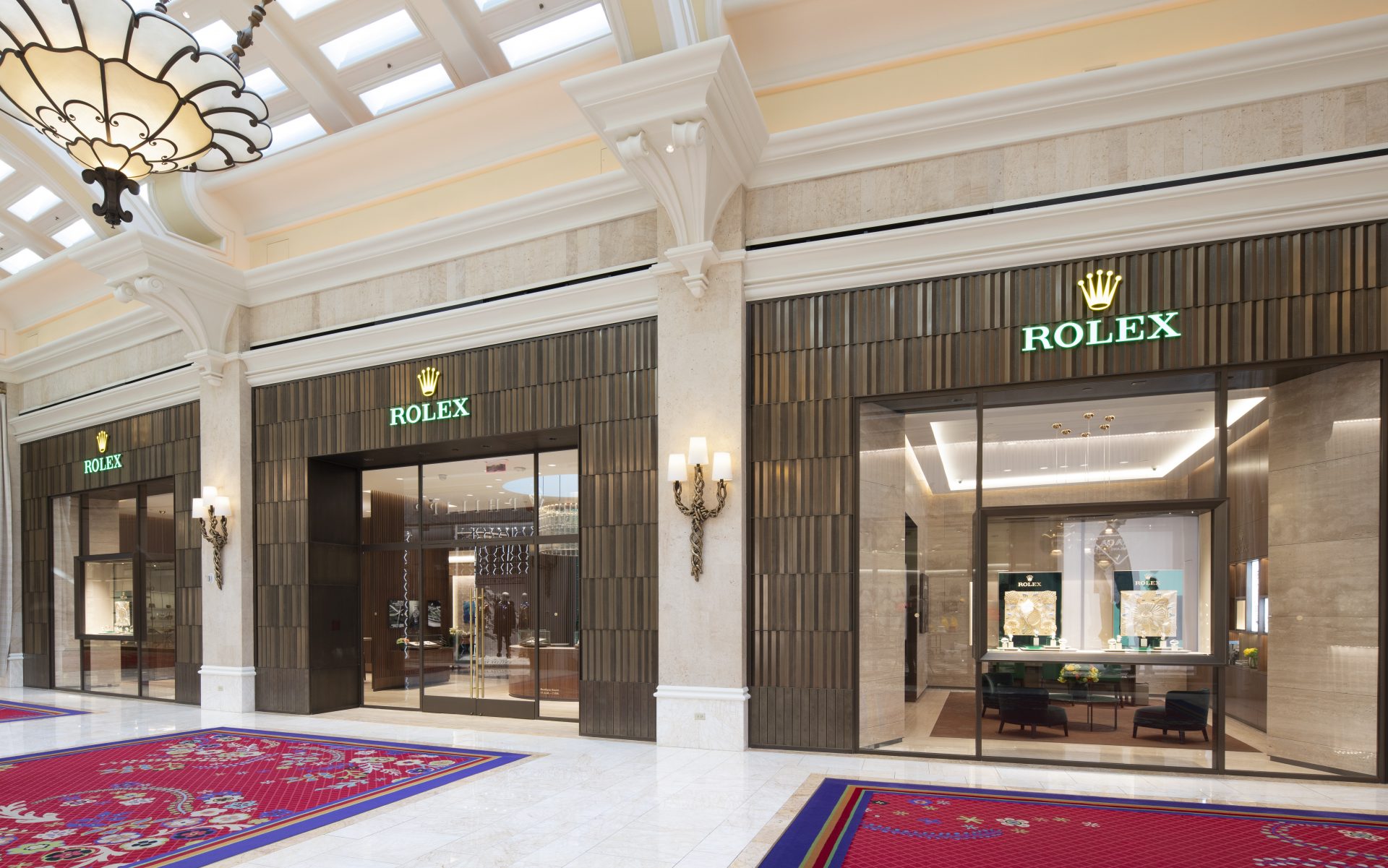
1. Price as a Statement of Power
Rolex doesn’t just sell watches — it sells identity, heritage, and exclusivity. One of the fundamental pillars of its brand strategy is price integrity. Unlike brands that devalue their image through discounts, Rolex uses consistent pricing to maintain perceived value. When something is never discounted, it automatically feels more premium and desirable.
This isn’t pride — it’s positioning. Rolex wants its products to be seen not just as luxury items but as enduring symbols of success and status. The firm price tag tells you that owning a Rolex means you’ve truly arrived.
2. Artificial Scarcity Drives Demand
Rolex watches are famously hard to get. Even though Rolex produces over a million watches per year, the models people really want — Submariner, Daytona, GMT-Master II — are rarely found in display cases.
This scarcity isn’t accidental. Rolex carefully controls production and distribution to ensure supply never exceeds demand. When customers can’t easily walk into a store and buy what they want, the product becomes even more coveted. The lack of discounts adds fuel to the fire. If you want one, you’ll pay full price — or more.
3. Protecting Brand Value and Resale Strength
In luxury, perception is everything. Discounting damages brand image. If customers begin to expect sales, the full price loses its weight. Rolex protects its reputation by never lowering the value of its products through sales.
This strategy also supports the resale market. Pre-owned Rolex watches often retain or even increase in value. That only happens because Rolex prices are stable. Buyers trust that what they pay today will still hold worth tomorrow — and sometimes, significantly more.
4. Emotional Psychology: The Power of the “Unattainable”
There’s a psychological allure in chasing something you can’t easily have. Rolex leans into this with long waiting lists, selective authorized dealers, and limited availability of popular models. When you finally get the call saying “Your watch is here,” it feels like winning.
The lack of discounts enhances this feeling. You’re not just buying a product; you’re earning the privilege to buy it. That emotional investment becomes part of the Rolex experience — something that no discount could ever replicate.
5. Uniform Global Pricing = Universal Prestige
Walk into a Rolex boutique in Tokyo, New York, or Dubai, and you’ll notice something: the prices are remarkably similar. This global price consistency isn’t coincidence — it’s policy. By avoiding sales and promotions, Rolex ensures that their brand feels equally prestigious across all markets.
This uniformity also prevents pricing wars between retailers. No store can undercut another, and consumers know that what they’re buying is consistent in value, regardless of location.
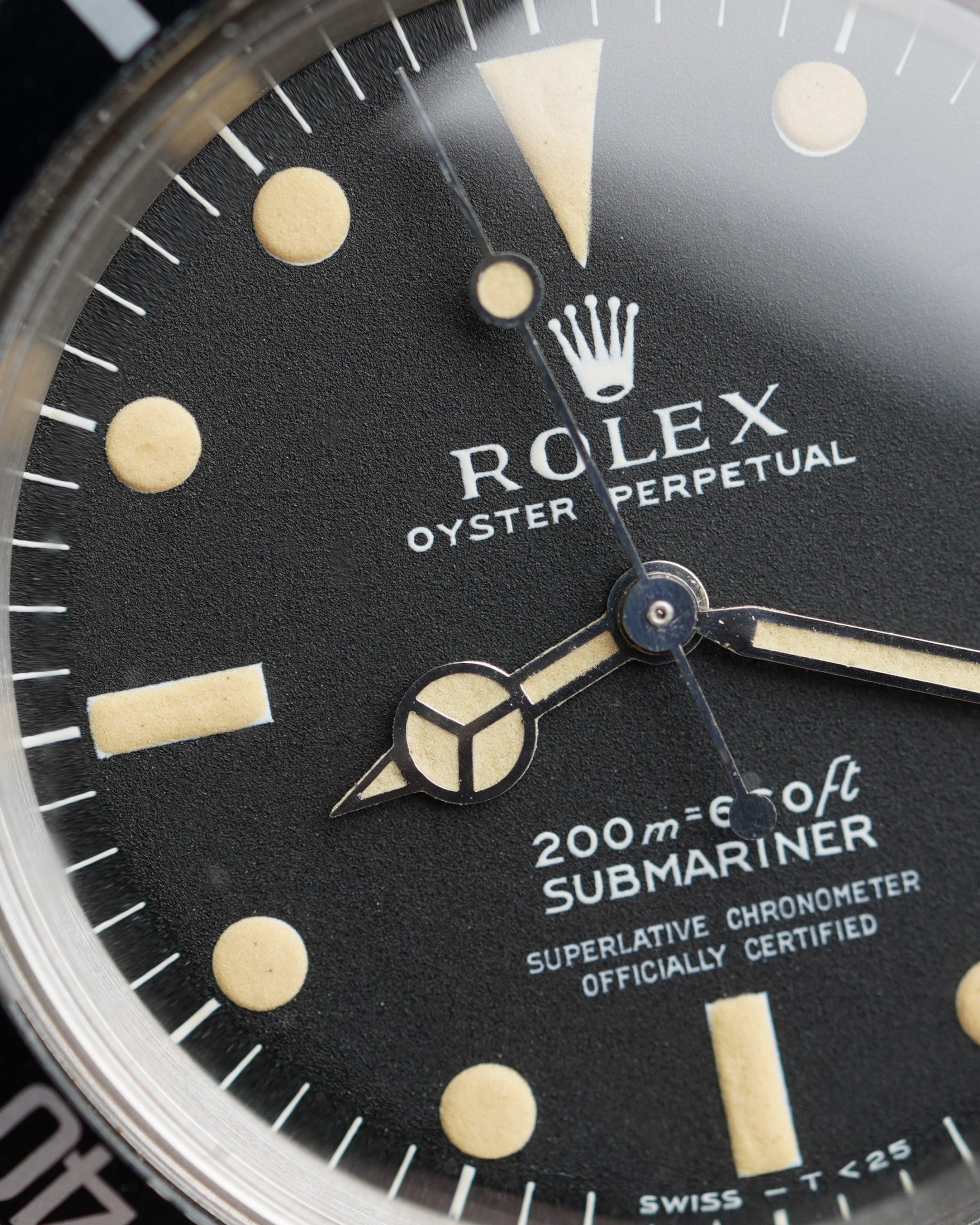
6. Authorized Dealers Are Part of the Strategy
Rolex works exclusively with selected authorized dealers (ADs). These dealers must follow strict rules, including adhering to Rolex’s pricing structure. Offering discounts can lead to a loss of dealership rights — a risk no AD wants to take.
Rolex provides these dealers with strong margins and consistent demand, even without promotions. It’s a win-win: the brand retains control, and the dealers benefit from selling one of the most desirable watch brands in the world.
7. Luxury Is Never on Clearance
True luxury brands don’t compete on price. Just like you won’t see discounts at Ferrari dealerships or markdowns on Hermès Birkin bags, Rolex doesn’t need to play the price game. Luxury consumers are not bargain hunters — they’re looking for meaning, craftsmanship, and lasting value.
A sale implies excess. It suggests the product couldn’t sell at full price. Rolex doesn’t allow this idea to exist within their universe. Every watch is sold with the confidence that it’s worth exactly what the brand says it is.
8. Creating Long-Term Demand and Legacy
Rolex is not chasing short-term sales spikes. Its strategy focuses on long-term brand equity. By avoiding discounts, Rolex ensures that its legacy is tied to craftsmanship, consistency, and prestige — not promotions.
The result? Customers wait months or years for certain models, and many are even willing to pay more on the secondary market just to skip the line. This demand engine continues to spin because Rolex never gives in to short-term pricing tactics.
9. A Masterclass in Brand Control
More than just watches, Rolex sells trust. Everything — from the distribution chain to the service centers to the pricing model — is tightly managed to deliver a seamless and exclusive experience.
By refusing to offer discounts, Rolex eliminates uncertainty. Customers know what to expect. That predictability is part of the luxury. Inconsistent pricing would break the illusion.
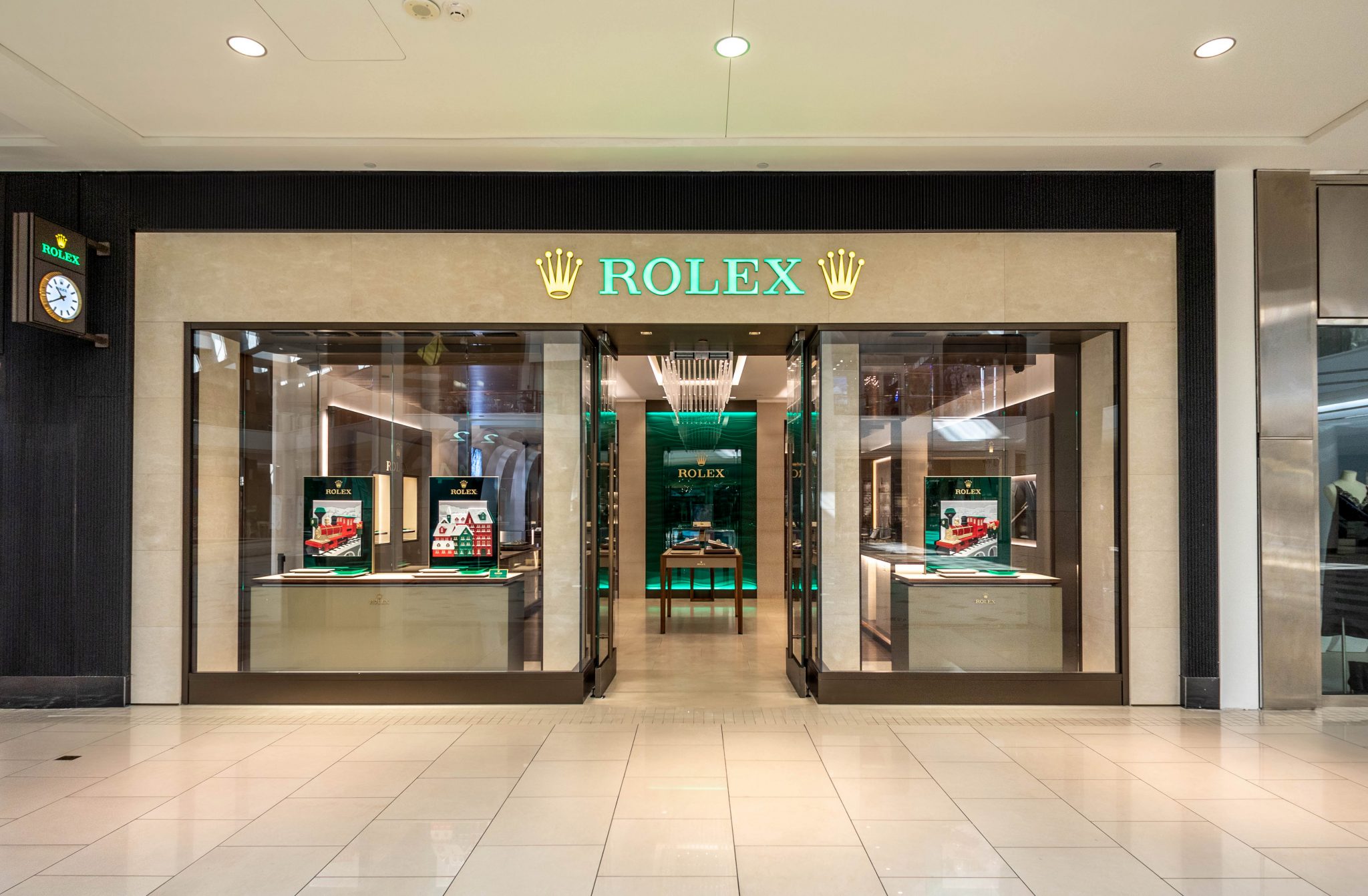
10. So, Is It Pride or Brilliant Marketing?
It’s both — but mostly brilliant marketing. Pride, in this case, is deeply intertwined with brand discipline. Rolex has built a machine that runs on precision, not just in watchmaking, but in branding. Refusing to discount isn’t about arrogance — it’s about elevating perception, protecting resale value, and controlling demand with surgical accuracy.
The result? Rolex has become a household name across generations, synonymous with achievement, timelessness, and quiet power.


